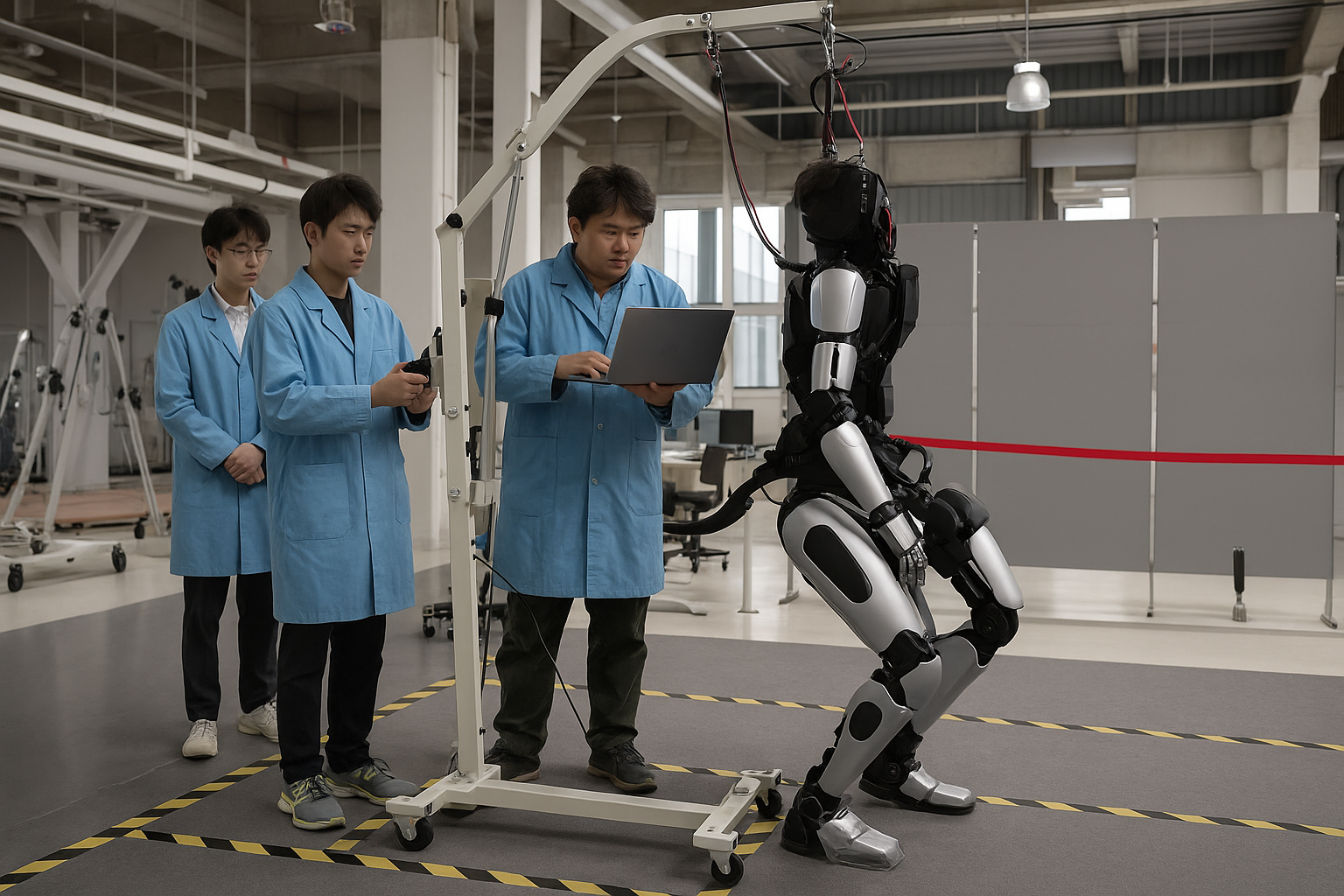Microsoft Introduces AI Agents With Memory and Collaboration Capabilities
Microsoft Introduces AI Agents its vision for a smarter AI future. The company aims to build a network of intelligent agents that work together and remember past interactions. This announcement came just before the annual Build conference, scheduled for May 19 in Seattle.
Chief Technology Officer Kevin Scott outlined how these agents will perform tasks like troubleshooting software issues. Unlike current systems, they won’t work in isolation. Instead, Microsoft wants AI from different companies to exchange information and retain context. This will result in more personalized and helpful user experiences.
To achieve this, Microsoft supports the Model Context Protocol (MCP). This open-source initiative was launched by Anthropic, a Google-backed AI lab. MCP aims to create shared standards so AI agents from various platforms can communicate easily. Scott compared it to how internet protocols unified the web in the 1990s.
“This vision puts creative control in the hands of developers and users,” Scott said. He stressed that innovation should not be limited to just a few tech giants.
Building the Agentic Web
At the heart of this approach is the idea of an “agentic web.” This concept describes a connected world of AI systems that share knowledge and context. By supporting interoperability, Microsoft hopes to break down barriers between AI platforms. As a result, users would enjoy smoother, more effective digital experiences.
For example, AI systems could collaborate across apps to manage schedules, solve problems, or suggest relevant content. In Scott’s view, no single agent can match the power of many working together.
Smarter Memory Systems for Better AI Assistance
Currently, most AI tools forget previous user interactions. Microsoft wants to change that. The company is improving AI memory through a method called structured retrieval augmentation. This allows AI to save summaries of conversations, creating a simple roadmap of past exchanges.
This approach helps the AI respond with better understanding and reduces the need to reprocess old data. Although memory features can demand more computing power, structured retrieval makes it more efficient.
According to Scott, this process mimics how the human brain recalls relevant past experiences. By doing so, Microsoft hopes to build AI that’s more human-like, context-aware, and useful in everyday life











